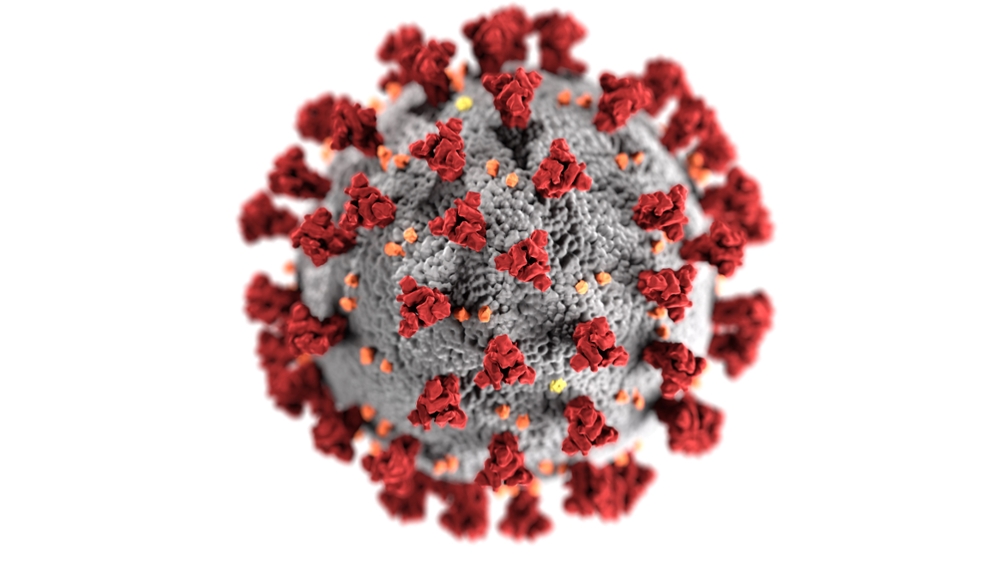
The outbreak of the coronavirus (COVID-19) has stimulated unprecedented conditions for health care workers. As members of the health care workforce attempt to serve their patients, they risk exposure. Still, according to Nina Harvey, assistant professor in Samford University’s Ida Moffett School of Nursing and clinician in the Samford University Health Center, there are collaborative efforts that we can take to protect one another and prevent the spread of COVID-19.
How Health Care Members Can Protect Themselves
According to Harvey, health care providers must use the Personal Protective Equipment (PPE) measures as recommended by the Centers for Disease Control and Prevention (CDC). This will not only protect the provider, but it will also help compromise the spread of the virus.
Additionally, Harvey encourages everyone to stay home if they are sick and to remember that it is important to take care of yourself. “Malnutrition can impair our ability to fight off illness. It is important for providers to get enough rest, proper nutrition and exercise,” said Harvey. “While these steps will not prevent or cure COVID-19, it will help boost the immune system, which can lead to a faster recovery.”
How Health Care Members Can Protect Their Loved Ones
Upon returning from a shift, Harvey suggests providers take off work clothes and shoes in the garage or an area away from the main living space. Following the removal of contaminated clothing, the provider should shower before interacting with the family, including pets.
“Wash any heavily soiled items with bleach if possible; if not, throw them away,” said Harvey. “Clean commonly forgotten surfaces with disinfectant wipes, including car steering wheel, door handles, consoles, visors, mirrors and garage door openers.”
In addition, although many providers are seeing an influx of patients and may be tempted to take work home, Harvey emphasizes that it is important to leave all objects from work at work, including pens, pads, masks and vital sign equipment.
How the Community Can Protect Health Care Members
The best way to protect health care providers, according to Harvey, is to stay at home. As suggested by multiple sources, Harvey reiterated that you should not seek COVID-19 testing if you do not have symptoms; this can overload healthcare facilities unnecessarily. Instead, call your primary care doctor and discuss your concerns with the nurse. They will be able to help you determine if you should manage symptoms at home or if you should go to the doctor’s office, urgent care or emergency room for more serious problems. You can also check with your local urgent care to see if they can test for COVID-19 before showing up. If you are asked to come into the doctor’s office, wear a mask if you are coughing or if you have a fever.
If you are looking for ways to support health care members from home, Harvey says you can help by petitioning your government officials to ensure that there is enough PPE for nurses and other health care members to care for patients.
How the Community Can Protect the Community
If you must go to the doctor’s office, Harvey says there are several measures you can take to protect yourself and those around you. “Bring your own pen and don’t read the office magazines; instead, bring your own book. Another protective measure is for you or elderly, ill or infant loved ones to wait in the car until your name is called. If you cannot wait in the car, you should sit in the chair farthest from the reception desk,” said Harvey.
If you must visit your local grocery store or other public places, you should practice social distancing and wipe down grocery carts or payment pads before use. “Leave some cleaning supplies and toiletries at the grocery stores,” said Harvey. “Many members of society have preexisting conditions and require these products to clean at-home medical devices.”
In addition, the CDC recommends utilizing a face covering when in public. Cloth face coverings can be made from household items or from low cost materials. The CDC offers sew and no sew DIY tutorials. Those using face coverings should still maintain six-feet social distancing.
